
English Encyclopedia
 International cities
International cities
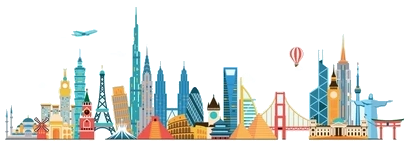
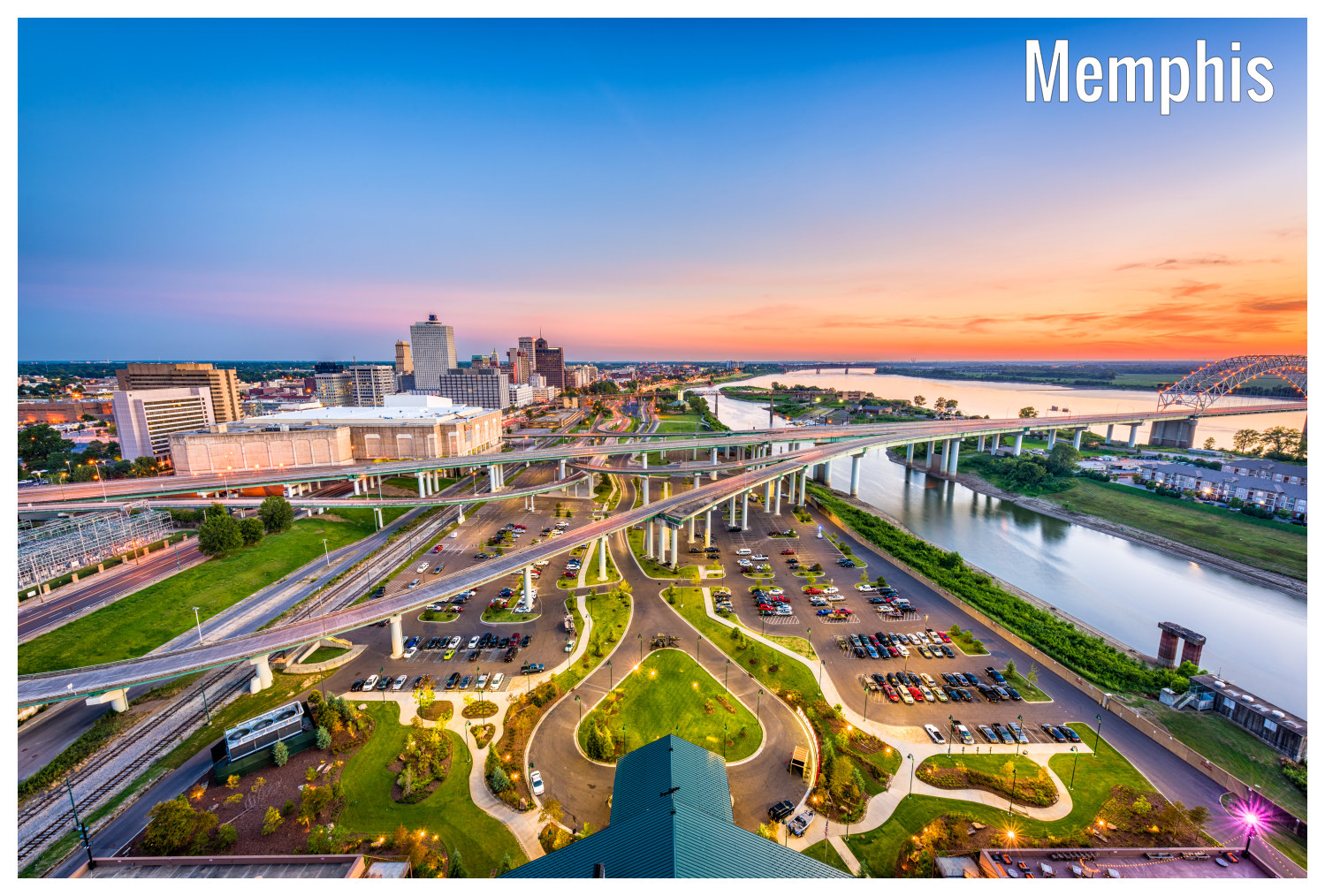
Memphis is a city along the Mississippi River in southwestern Shelby County, Tennessee, United States. Its 2020 population was 633,104,[2] making it Tennessee's second-most populous city behind Nashville; fifth-most populous city in the Southeast, the nation's 28th-largest; and the largest city proper of those situated along the Mississippi River. Greater Memphis is the 42nd-largest metropolitan area in the United States, with a population of 1,348,260 in 2017.[6] The city is the anchor of West Tennessee and the greater Mid-South region, which includes portions of neighboring Arkansas, Mississippi, and the Missouri Bootheel. Memphis is the seat of Shelby County, Tennessee's most populous county. One of the more historic and culturally significant cities of the southern United States, Memphis has a wide variety of landscapes and distinct neighborhoods.
The first European explorer to visit the area of present-day Memphis was Spanish conquistador Hernando de Soto in 1541 with his expedition into the New World. The high Chickasaw Bluffs protecting the location from the waters of the Mississippi was then contested by the Spanish, French, and the English as Memphis took shape. Modern Memphis was founded in 1819 by three prominent Americans: John Overton, James Winchester, and future president Andrew Jackson.[7]
Memphis grew into one of the largest cities of the Antebellum South as a market for agricultural goods, natural resources like lumber, and the American slave trade. After the American Civil War and the end of slavery, the city experienced even faster growth into the 20th century as it became among the largest world markets for cotton[8] and lumber.
Home to Tennessee's largest African-American population, Memphis played a prominent role in the American civil rights movement and was the site of Martin Luther King Jr.'s 1968 assassination. The city now hosts the National Civil Rights Museum—a Smithsonian affiliate institution. Since the civil rights era, Memphis has become one of the nation's leading commercial centers in transportation and logistics.[9] Its largest employer is the multinational courier corporation FedEx, which maintains its global air hub at Memphis International Airport, making it the busiest cargo airport in the world. In addition to being the global air cargo leader, the International Port of Memphis also hosts the fifth-busiest inland water port in the U.S., with access to the Mississippi River[10] allowing shipments to arrive from around the world for conversion to train and trucking transport throughout the United States, making Memphis a multi-modal hub for trading goods for imports and exports despite its inland location.
Memphis is a regional center for commerce, education, media, art, and entertainment. It has long had a prominent music scene,[11] with historic blues clubs on Beale Street originating the unique Memphis blues sound in the early 20th century. The city's music has continued to be shaped by a multicultural mix of influences: the blues, country, rock and roll, soul, and hip-hop. Memphis-style barbecue has achieved international prominence, and the city hosts the World Championship Barbecue Cooking Contest, which attracts over 100,000 visitors to the city annually.
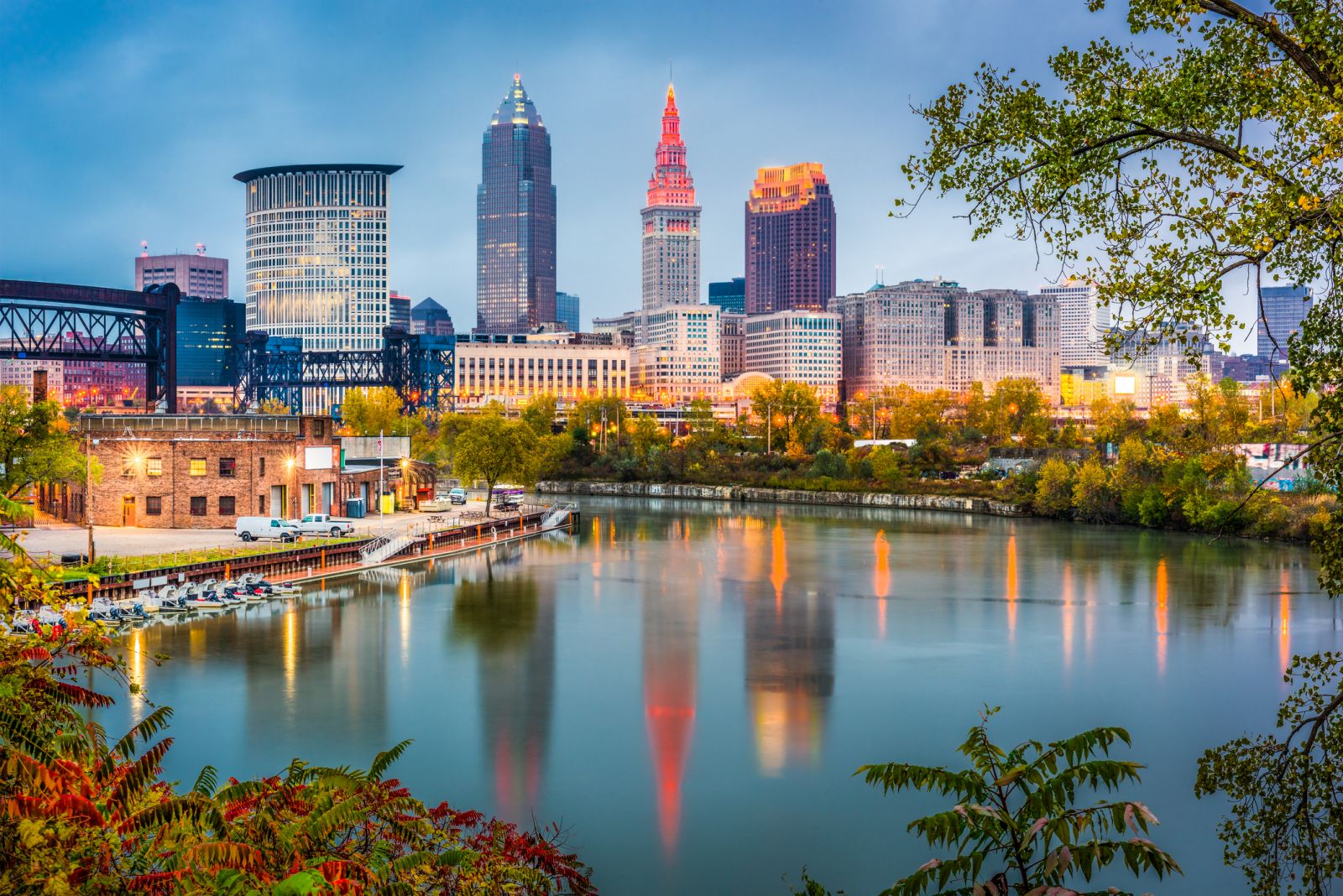
Cleveland (/ˈkliːvlənd/ KLEEV-lənd), officially the City of Cleveland, is a major city in the U.S. state of Ohio, and the county seat of Cuyahoga County.[7] It is located along the southern shore of Lake Erie, across the U.S. maritime border with Canada and approximately 60 miles (100 kilometers) west of the Ohio-Pennsylvania state border.
The largest city on Lake Erie and one of the most populous urban areas in the country,[8] Cleveland anchors the Greater Cleveland Metropolitan Statistical Area (MSA) and the Cleveland–Akron–Canton Combined Statistical Area (CSA). The CSA is the most populous combined statistical area in Ohio and the 17th largest in the United States, with a population of 3,633,962 in 2020.[9][10] The city proper, with a 2020 population of 372,624, ranks as the 54th-largest city in the U.S.,[11] as a larger portion of the metropolitan population lives outside the central city. The seven-county metropolitan Cleveland economy, which includes Akron, is the largest in the state.
Cleveland was founded in 1796 near the mouth of the Cuyahoga River by General Moses Cleaveland, after whom the city was named. It grew into a major manufacturing center due to its location on both the river and the lake shore, as well as numerous canals and railroad lines. A port city, Cleveland is connected to the Atlantic Ocean via the Saint Lawrence Seaway. The city's economy relies on diversified sectors such as manufacturing, financial services, healthcare, biomedicals, and higher education.[12] The gross domestic product (GDP) for the Greater Cleveland MSA was $135 billion in 2019.[13] Combined with the Akron MSA, the seven-county Cleveland–Akron metropolitan economy was $175 billion in 2019, the largest in Ohio, accounting for 25% of the state's GDP.[13]
Designated as a "Gamma -" global city by the Globalization and World Cities Research Network,[14] the city's major cultural institutions include the Cleveland Museum of Art, the Cleveland Museum of Natural History, the Cleveland Orchestra, Playhouse Square, and the Rock and Roll Hall of Fame. Known as "The Forest City" among many other nicknames, Cleveland serves as the center of the Cleveland Metroparks nature reserve system.[15] The city's major league professional sports teams include the Cleveland Browns, the Cleveland Cavaliers, and the Cleveland Guardians.
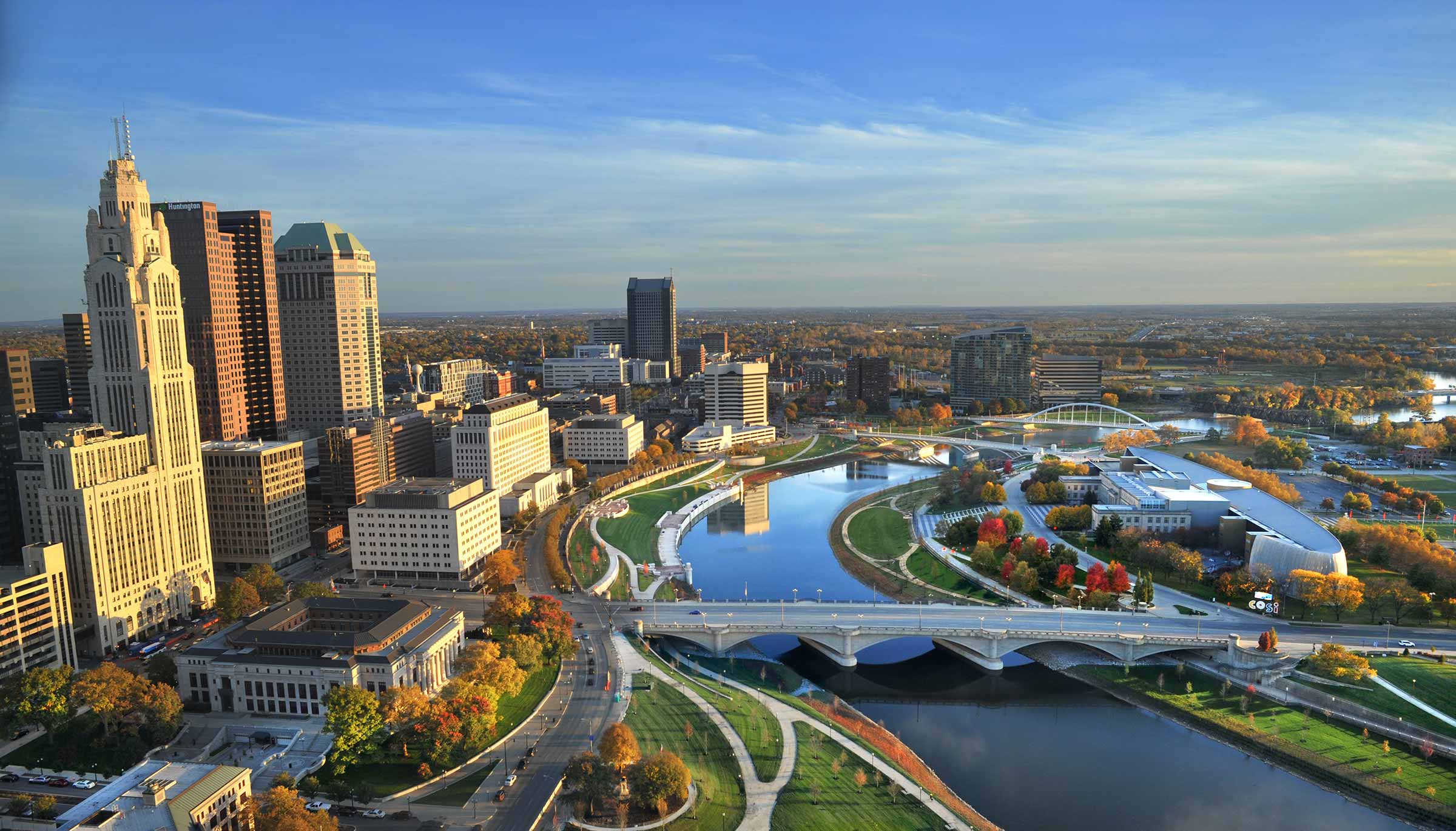
Columbus is the state capital and the most populous city in the U.S. state of Ohio. With a population of 905,748 for the 2020 census,[4] it is the 14th-most populous city in the U.S., the second-most populous city in the Midwest after Chicago, and the third-most populous state capital. Columbus is the county seat of Franklin County; it also extends into Delaware and Fairfield counties.[9] It is the core city of the Columbus, OH Metropolitan Statistical Area, which encompasses ten counties.[10] The metropolitan area has a 2020 population of 2,138,926, making it the largest entirely in Ohio.[a]
Columbus originated as numerous Native American settlements on the banks of the Scioto River. Franklinton, now a city neighborhood, was the first European settlement, laid out in 1797. The city was founded in 1812, at the confluence of the Scioto and Olentangy rivers, and laid out to become the state capital. The city was named for Italian explorer Christopher Columbus.[12] The city assumed the function of state capital in 1816 and county seat in 1824. Amid steady years of growth and industrialization, the city has experienced numerous floods and recessions. Beginning in the 1950s, Columbus began to experience significant growth; it became the largest city in Ohio in land and population by the early 1990s. The 1990s and 2000s saw redevelopment in numerous city neighborhoods, including downtown.
The city has a diverse economy based on education, government, insurance, banking, defense, aviation, food, clothes, logistics, steel, energy, medical research, health care, hospitality, retail, and technology. The metropolitan area is home to the Battelle Memorial Institute, the world's largest private research and development foundation; Chemical Abstracts Service, the world's largest clearinghouse of chemical information; and Ohio State University, one of the largest universities in the United States. As of 2021, the Greater Columbus area is home to the headquarters of six corporations in the U.S. Fortune 500: Cardinal Health, American Electric Power, L Brands, Nationwide, Alliance Data, and Huntington Bancshares.
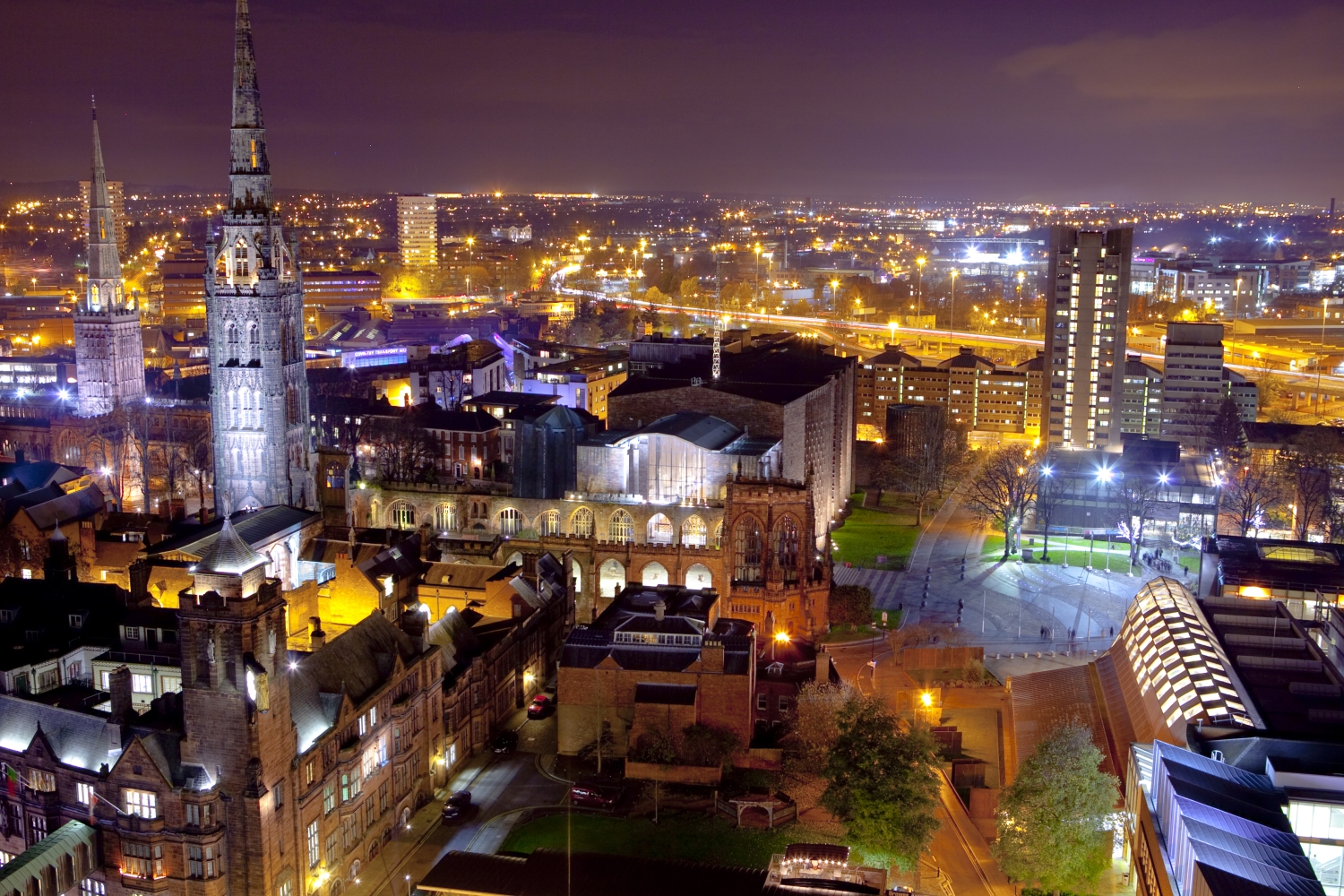
Coventry (/ˈkɒvəntri/ ( listen) KOV-ən-tree[5] or /ˈkʌv-/ KUV-)[6] is a city in the West Midlands, England. It is on the River Sherbourne. Coventry has been a large settlement for centuries, although it was not founded and given its city status until the Middle Ages. The conurbation consists of the Coventry and Bedworth Urban Area, the 20th largest in the country; the city is governed by Coventry City Council.
listen) KOV-ən-tree[5] or /ˈkʌv-/ KUV-)[6] is a city in the West Midlands, England. It is on the River Sherbourne. Coventry has been a large settlement for centuries, although it was not founded and given its city status until the Middle Ages. The conurbation consists of the Coventry and Bedworth Urban Area, the 20th largest in the country; the city is governed by Coventry City Council.
Historically part of Warwickshire, Coventry had a population of 316,915 at the 2011 census,[7] making it the 9th largest city in England and the 11th largest in the United Kingdom.[8] It is the second largest city in the West Midlands, after Birmingham, from which it is separated by the Meriden Gap.
Coventry is 19 miles (31 km) east-south-east of Birmingham, 24 miles (39 km) south-west of Leicester, 11 miles (18 km) north of Warwick and 95 miles (153 km) north-west of London. Coventry is also the most central city in England, being only 12 miles (18 km) south-west of the country's geographical centre in Leicestershire.[9][10]
Coventry Cathedral was built after most of the 14th-century cathedral church of Saint Michael was destroyed by the Luftwaffe in the Coventry Blitz of 14 November 1940. Coventry motor companies have contributed significantly to the British motor industry. The city has three universities: Coventry University in the city centre, the University of Warwick on the southern outskirts and the smaller private Arden University with its headquarters close to Coventry Airport.
Coventry was awarded UK City of Culture for 2021.[11][12][13]
 FIFA Fussball-Weltmeisterschaft 1994
FIFA Fussball-Weltmeisterschaft 1994

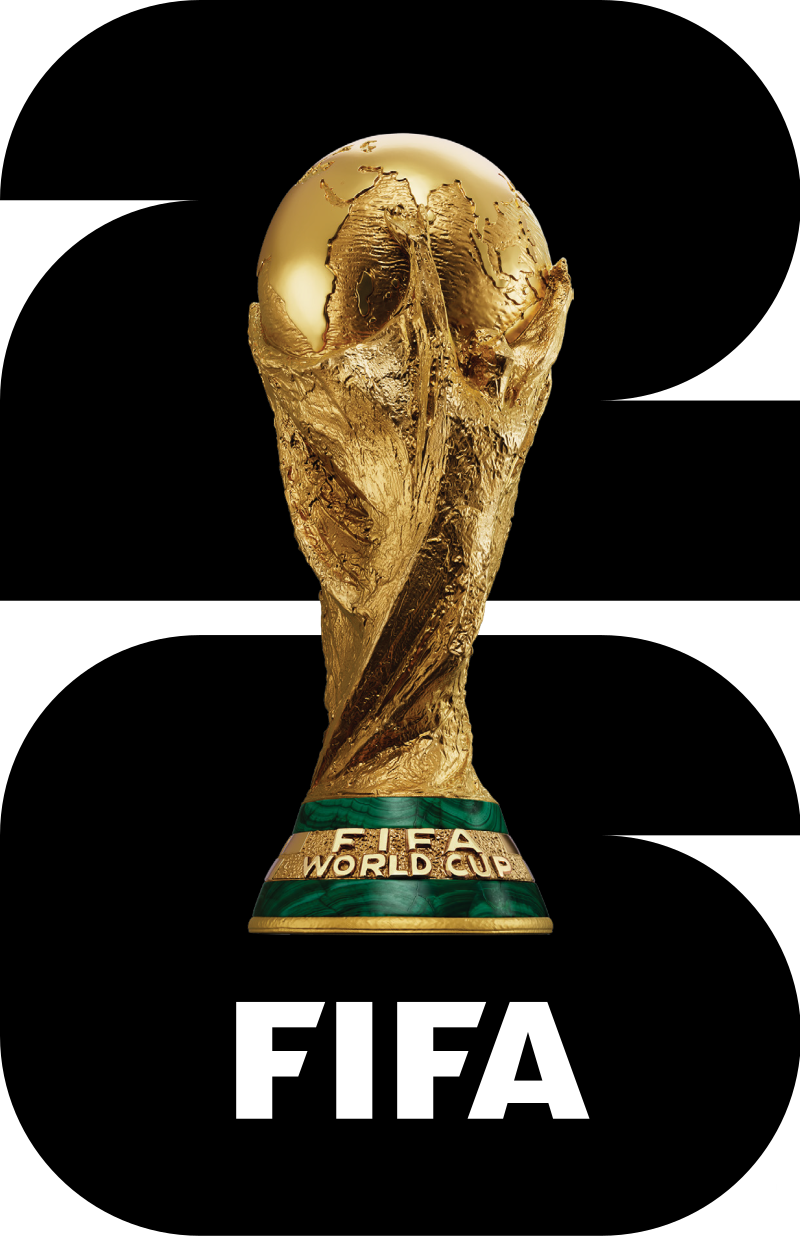 FIFA Fussball-Weltmeisterschaft 2026
FIFA Fussball-Weltmeisterschaft 2026

 International cities
International cities
 ***Global Urban Economic Competitiveness
***Global Urban Economic Competitiveness

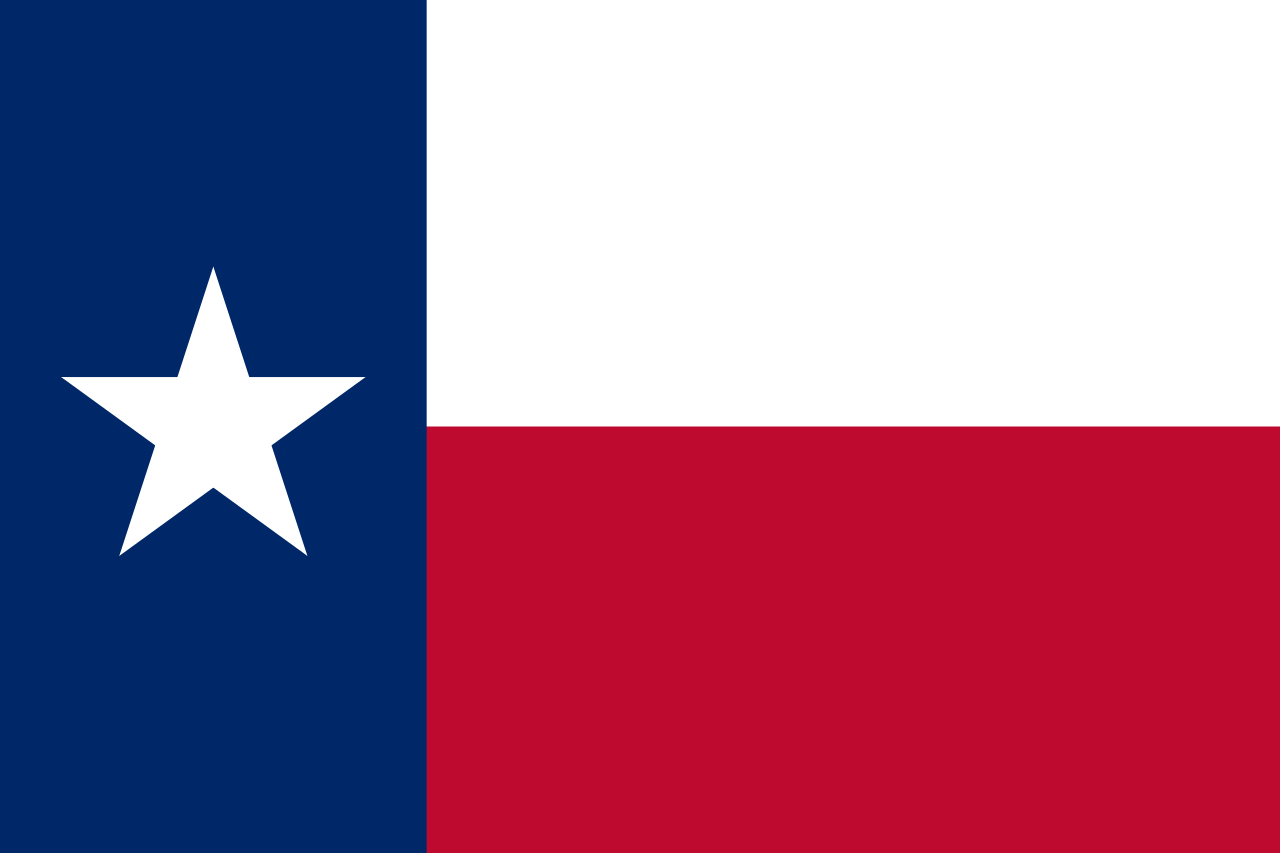 Texas-TX
Texas-TX
 United States
United States
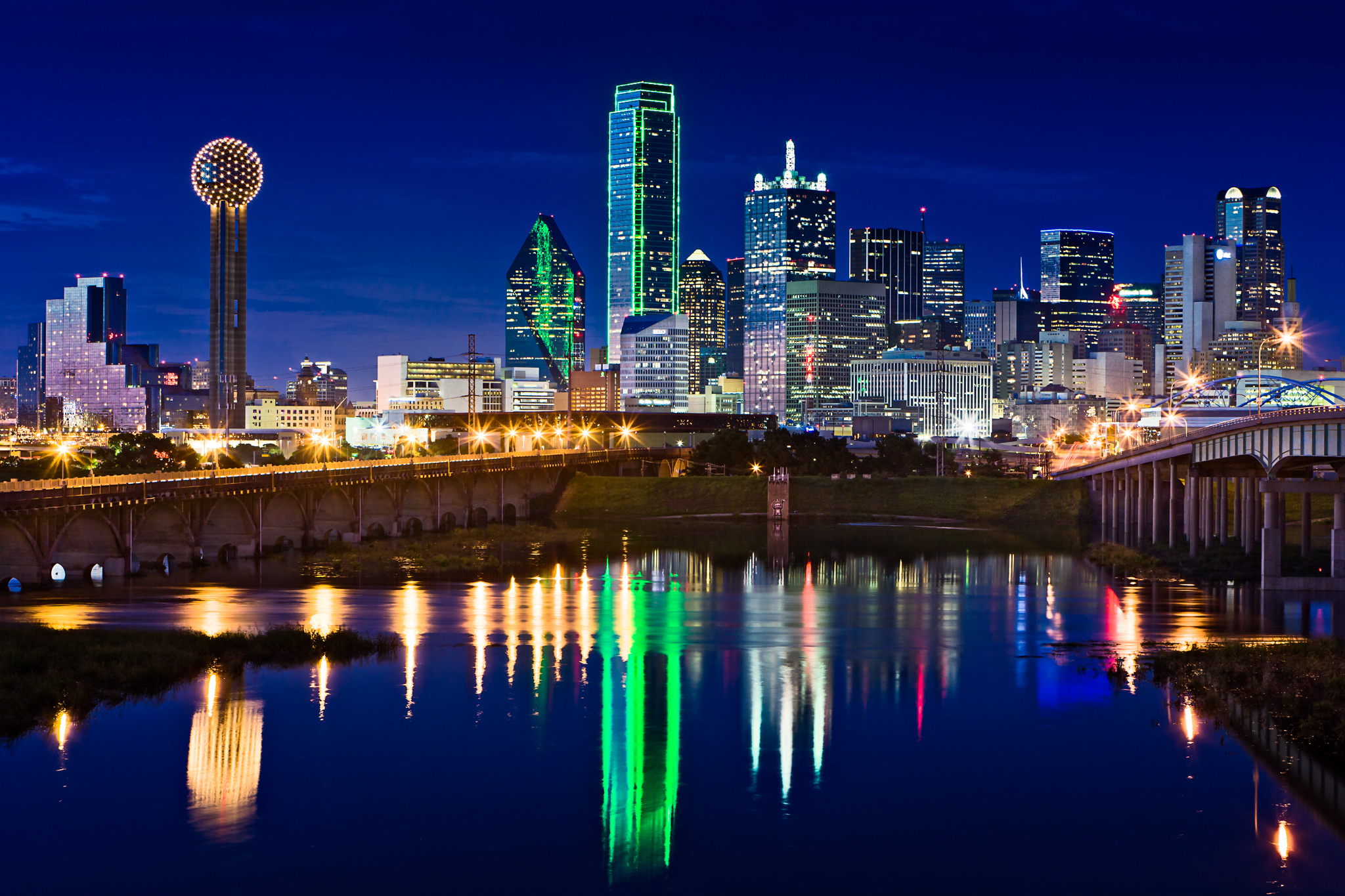
Dallas (/ˈdæləs/) is a city in the U.S. state of Texas and the largest city in and seat of Dallas County, with portions extending into Collin, Denton, Kaufman and Rockwall counties. With a 2020 census population of 1,304,379,[3] it is the ninth most-populous city in the U.S.[10] and the third-largest in Texas after Houston and San Antonio.[11] Located in North Texas, the city of Dallas is the main core of the largest metropolitan area in the Southern United States and the largest inland metropolitan area in the U.S. that lacks any navigable link to the sea.[a] It is the most populous city in the Dallas–Fort Worth metroplex, the fourth-largest metropolitan area in the country at 7.5 million people.[12]
Dallas and nearby Fort Worth were initially developed due to the construction of major railroad lines through the area allowing access to cotton, cattle and later oil in North and East Texas. The construction of the Interstate Highway System reinforced Dallas's prominence as a transportation hub, with four major interstate highways converging in the city and a fifth interstate loop around it. Dallas then developed as a strong industrial and financial center and a major inland port, due to the convergence of major railroad lines, interstate highways and the construction of Dallas/Fort Worth International Airport, one of the largest and busiest airports in the world.[13] In addition, Dallas has DART (Dallas Area Rapid Transit) with different colored train lines that transport throughout the Metroplex.[14]
Dominant sectors of its diverse economy include defense, financial services, information technology, telecommunications, and transportation.[15] Dallas is home to nine Fortune 500 companies within the city limits[16] while the Dallas–Fort Worth metroplex hosts twenty-two Fortune 500 companies, the second most in Texas and fourth most in the United States.[17][18] Over 41 colleges and universities are located within its metropolitan area, which is the most of any metropolitan area in Texas. The city has a population from a myriad of ethnic and religious backgrounds and one of the largest LGBT communities in the U.S.[19][20] WalletHub named Dallas the fifth most diverse city in the United States in 2018.
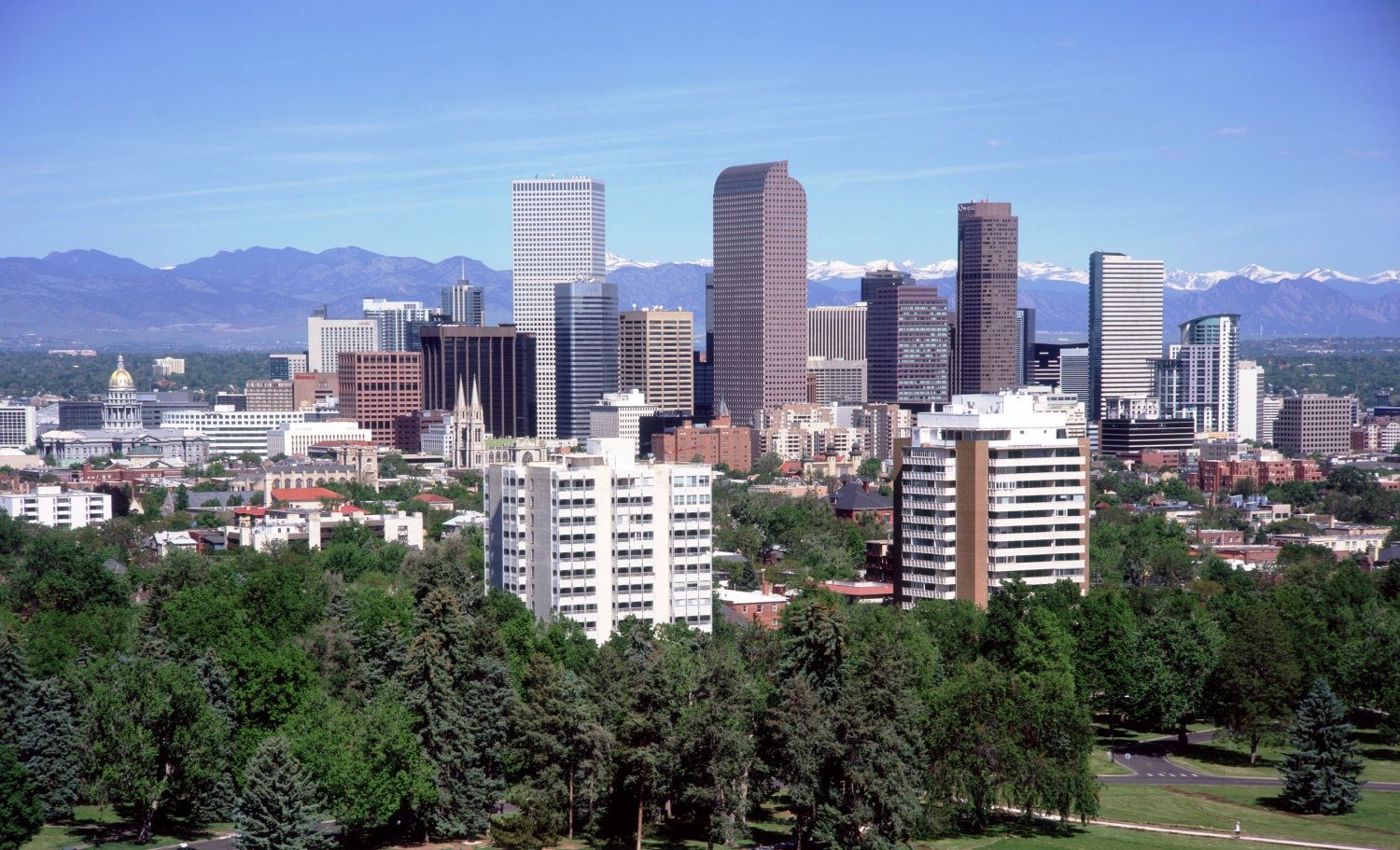
Denver (/ˈdɛnvər/) is a consolidated city and county, the capital, and most populous city of the U.S. state of Colorado.[1] Its population was 715,522 at the 2020 United States census, a 19.22% increase since the 2010 United States census.[11] It is the 19th-most populous city in the United States and the fifth most populous state capital. It is the principal city of the Denver–Aurora–Lakewood, CO Metropolitan Statistical Area and the first city of the Front Range Urban Corridor.
Denver is located in the Southwestern United States, in the South Platte River Valley on the western edge of the High Plains just east of the Front Range of the Rocky Mountains. Its downtown district is immediately east of the confluence of Cherry Creek and the South Platte River, approximately 12 mi (19 km) east of the foothills of the Rocky Mountains. It is named after James W. Denver, a governor of the Kansas Territory. It is nicknamed the Mile High City because its official elevation is exactly one mile (5280 feet or 1609.344 meters) above sea level.[15] The 105th meridian west of Greenwich, the longitudinal reference for the Mountain Time Zone, passes directly through Denver Union Station.
Denver is ranked as a Beta world city by the Globalization and World Cities Research Network. The 10-county Denver-Aurora-Lakewood, CO Metropolitan Statistical Area had a population of 2,963,821 at the 2020 United States Census, making it the 19th most populous U.S. metropolitan statistical area.[11] The 12-county Denver-Aurora, CO Combined Statistical Area had a population of 3,623,560 at the 2020 United States Census, making it the 17th most populous U.S. primary statistical area.[11] Denver is the most populous city of the 18-county Front Range Urban Corridor, an oblong urban region stretching across two states with a population of 5,055,344 at the 2020 United States Census.[11] Its metropolitan area is the most populous metropolitan area within an 560-mile (900 km) radius and the second most populous city in the Mountain West after Phoenix, Arizona. In 2016, it was named the best place to live in the United States by U.S. News & World Report.
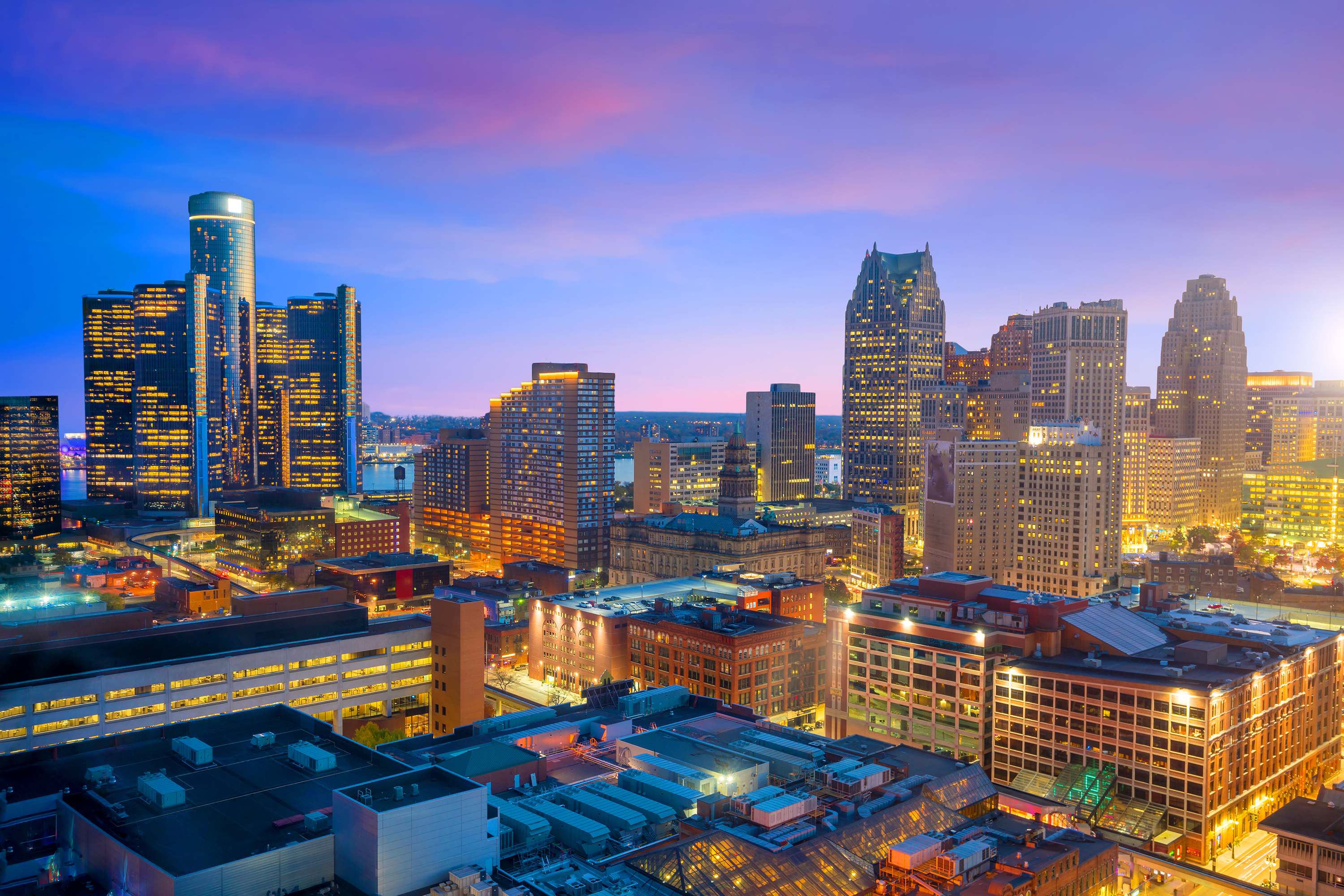
Detroit (/dɪˈtrɔɪt/, locally also /ˈdiːtrɔɪt/; French: Détroit) is the largest and most populous city in the U.S. state of Michigan, the largest U.S. city on the United States–Canada border, and the county seat of Wayne County. The municipality of Detroit had a population of 639,111 at the 2020 census,[4] making it the 27th-most populous city in the United States. The metropolitan area, known as Metro Detroit, is home to 4.3 million people, making it the second-largest in the Midwest after the Chicago metropolitan area, and 14th-largest in the United States. Regarded as a major cultural center, Detroit is known for its contributions to music and as a repository for art, architecture and design, along with its historical automotive background.[6]
Detroit is a major port on the Detroit River, one of the four major straits that connect the Great Lakes system to the Saint Lawrence Seaway. The City of Detroit anchors the second-largest regional economy in the Midwest, behind Chicago and ahead of Minneapolis–Saint Paul, and the 14th-largest in the United States.[7] Detroit is best known as the center of the U.S. automobile industry, and the "Big Three" auto manufacturers General Motors, Ford, and Stellantis North America are all headquartered in Metro Detroit.[8] As of 2007, the Detroit metropolitan area is the number one exporting region among 310 defined metropolitan areas in the United States.[9] The Detroit Metropolitan Airport is among the most important hubs in the United States. Detroit and its neighboring Canadian city Windsor are connected through a highway tunnel, railway tunnel, and the Ambassador Bridge, which is the second-busiest international crossing in North America, after San Diego–Tijuana.[10]
In 1701, Antoine de la Mothe Cadillac founded Fort Pontchartrain du Détroit, the future city of Detroit. During the late nineteenth and early twentieth century, it became an important industrial hub at the center of the Great Lakes region. The city's population became the fourth-largest in the nation in 1920, after only New York City, Chicago and Philadelphia, with the expansion of the auto industry in the early 20th century.[11] As Detroit's industrialization took off, the Detroit River became the busiest commercial hub in the world. The strait carried over 65 million tons of shipping commerce through Detroit to locations all over the world each year; the freight throughput was more than three times that of New York and about four times that of London. By the 1940s, the city's population remained the fourth-largest in the country. However, due to industrial restructuring, the loss of jobs in the auto industry, and rapid suburbanization, among other reasons, Detroit entered a state of urban decay and lost considerable population from the late 20th century to the present. Since reaching a peak of 1.85 million at the 1950 census, Detroit's population has declined by more than 65 percent.[4] In 2013, Detroit became the largest U.S. city to file for bankruptcy, which it successfully exited in December 2014, when the city government regained control of Detroit's finances.[12]
Detroit's diverse culture has had both local and international influence, particularly in music, with the city giving rise to the genres of Motown and techno, and playing an important role in the development of jazz, hip-hop, rock, and punk. The rapid growth of Detroit in its boom years resulted in a globally unique stock of architectural monuments and historic places. Since the 2000s conservation efforts have managed to save many architectural pieces and achieved several large-scale revitalizations, including the restoration of several historic theatres and entertainment venues, high-rise renovations, new sports stadiums, and a riverfront revitalization project. More recently, the population of Downtown Detroit, Midtown Detroit, and various other neighborhoods have increased. An increasingly popular tourist destination, Detroit receives 19 million visitors per year.[13] In 2015, Detroit was named a "City of Design" by UNESCO, the first U.S. city to receive that designation.
 Eurovision Song Contest,ESC
Eurovision Song Contest,ESC
 UEFA European Championship 2020
UEFA European Championship 2020

 History
History
 M 1500 - 2000 AD
M 1500 - 2000 AD

 History
History
 N 2000 - 2100 AD
N 2000 - 2100 AD

 International cities
International cities
 *European Capital of Culture
*European Capital of Culture

 International cities
International cities
 ***Global Urban Economic Competitiveness
***Global Urban Economic Competitiveness
 Ireland
Ireland
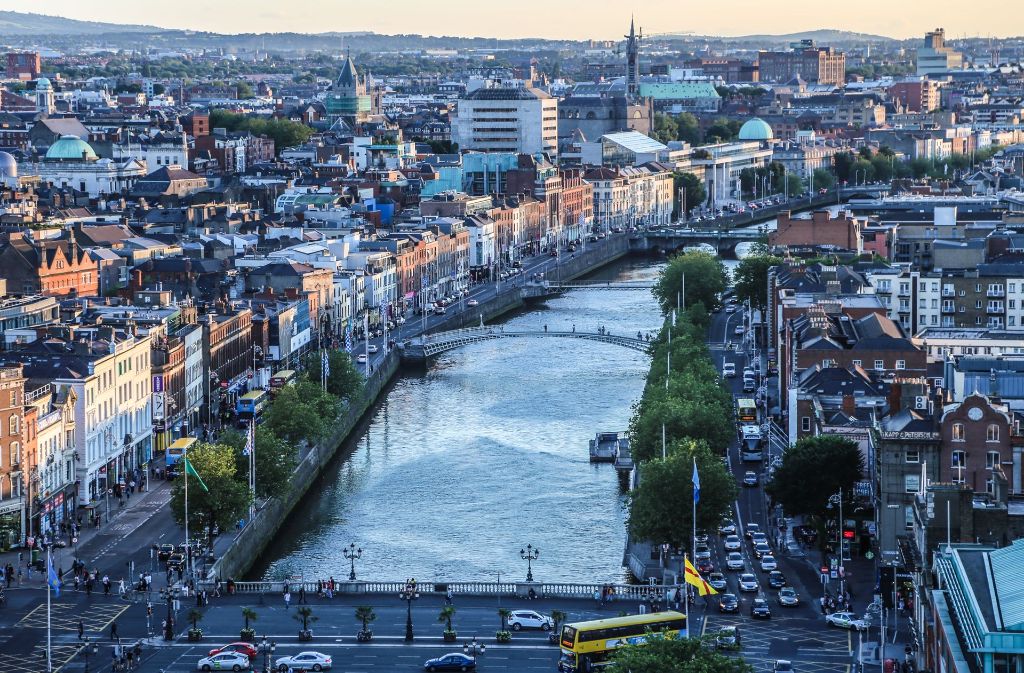
Dublin (/ˈdʌblɪn/; Irish: Baile Átha Cliath,[12] pronounced [ˈbˠalʲə aːhə ˈclʲiə] or [ˌbʲlʲaː ˈclʲiə]) is the capital and largest city of Ireland.[13][14] Situated on a bay on the east coast, at the mouth of the River Liffey, it is in the province of Leinster and the Eastern and Midland Region. It is bordered on the south by the Dublin Mountains, a part of the Wicklow Mountains range. At the 2016 census, it had an urban area population of 1,173,179,[8] while the population of the traditional County Dublin as a whole was 1,347,359.[15] The population of the Greater Dublin Area was 1,904,806.[16]
There is archaeological debate regarding precisely where and when Dublin originated, with a settlement established by the Gaels during or before the 7th century CE,[17] and a second, Viking, settlement, following. As the small Kingdom of Dublin, the city grew, and it became Ireland's principal settlement following the Norman invasion.[17] The city expanded rapidly from the 17th century and was briefly the second largest city in the British Empire after the Acts of Union in 1800. Following independence in 1922, Dublin became the capital of the Irish Free State, later renamed Ireland in 1937.
Dublin is a contemporary and historical centre for Irish education, arts and culture, administration and industry. As of 2018 the city was listed by the Globalization and World Cities Research Network (GaWC) as a global city, with a ranking of "Alpha minus", which places it as one of the top thirty cities in the world.
The name Dublin derives from the Irish word Dubhlinn, early Classical Irish Dubhlind/Duibhlind, from dubh ([d̪uβ], [d̪uw], [d̪uː]) meaning "black, dark", and lind ([lʲiɲ(d̪ʲ)]) "pool", referring to a dark tidal pool. This tidal pool was located where the River Poddle entered the Liffey, on the site of the castle gardens at the rear of Dublin Castle. In Modern Irish the name is Duibhlinn, and Irish rhymes from County Dublin show that in Dublin Leinster Irish it was pronounced Duílinn [ˈd̪ˠiːlʲiɲ]. The original pronunciation is preserved in the names for the city in other languages such as Old English Difelin, Old Norse Dyflin, modern Icelandic Dyflinn and modern Manx Divlyn as well as Welsh Dulyn and Breton Dulenn. Other localities in Ireland also bear the name Duibhlinn, variously anglicised as Devlin,[20] Divlin[21] and Difflin.[22] Historically, scribes using the Gaelic script wrote bh with a dot over the b, rendering Duḃlinn or Duiḃlinn. Those without knowledge of Irish omitted the dot, spelling the name as Dublin. Variations on the name are also found in traditionally Gaelic-speaking areas of Scotland (Gàidhealtachd, cognate with Irish Gaeltacht), such as An Linne Dhubh ("the black pool"), which is part of Loch Linnhe.
It is now thought that the Viking settlement was preceded by a Christian ecclesiastical settlement known as Duibhlinn, from which Dyflin took its name.[23] Beginning in the 9th and 10th century, there were two settlements where the modern city stands. The Viking settlement of about 841, Dyflin, and a Gaelic settlement, Áth Cliath ("ford of hurdles")[24] further up river, at the present day Father Mathew Bridge (also known as Dublin Bridge), at the bottom of Church Street. Baile Átha Cliath, meaning "town of the hurdled ford", is the common name for the city in modern Irish. Áth Cliath is a place name referring to a fording point of the River Liffey near Father Mathew Bridge. Baile Átha Cliath was an early Christian monastery, believed to have been in the area of Aungier Street, currently occupied by Whitefriar Street Carmelite Church. There are other towns of the same name, such as Àth Cliath in East Ayrshire, Scotland, which is anglicised as Hurlford.
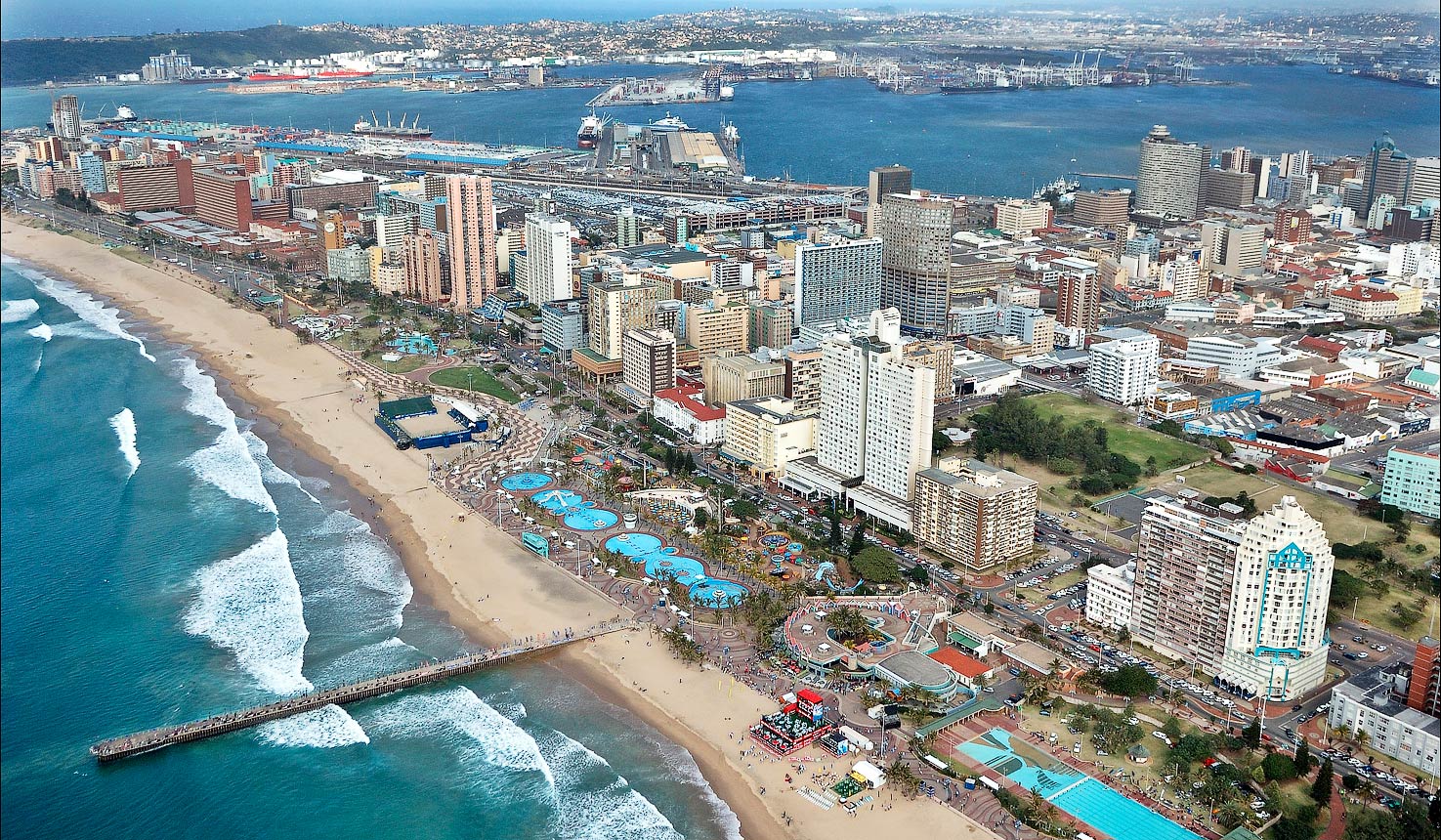
Durban (/ˈdɜːrbən/ DUR-bən) (Zulu: eThekwini, from itheku meaning 'the port'), nicknamed Durbs,[7][8] is the third most populous city in South Africa after Johannesburg and Cape Town and the largest city in the South African province of KwaZulu-Natal. Durban forms part of the eThekwini Metropolitan Municipality, which includes neighbouring towns and has a population of about 3.44 million,[9] making the combined municipality one of the largest cities on the Indian Ocean coast of the African continent. Durban was one of the host cities of the 2010 FIFA World Cup.
Durban was formerly named Port Natal due to its position as the chief seaport of South Africa, and its location on the Natal Bay of the Indian Ocean.[10] Durban is an ethnically diverse city, with large Zulu, British, and Indian populations.
 Eurovision Song Contest,ESC
Eurovision Song Contest,ESC

 Financial
Financial
 ***Global Financial Center
***Global Financial Center

 History
History
 N 2000 - 2100 AD
N 2000 - 2100 AD

 History
History
 M 1500 - 2000 AD
M 1500 - 2000 AD

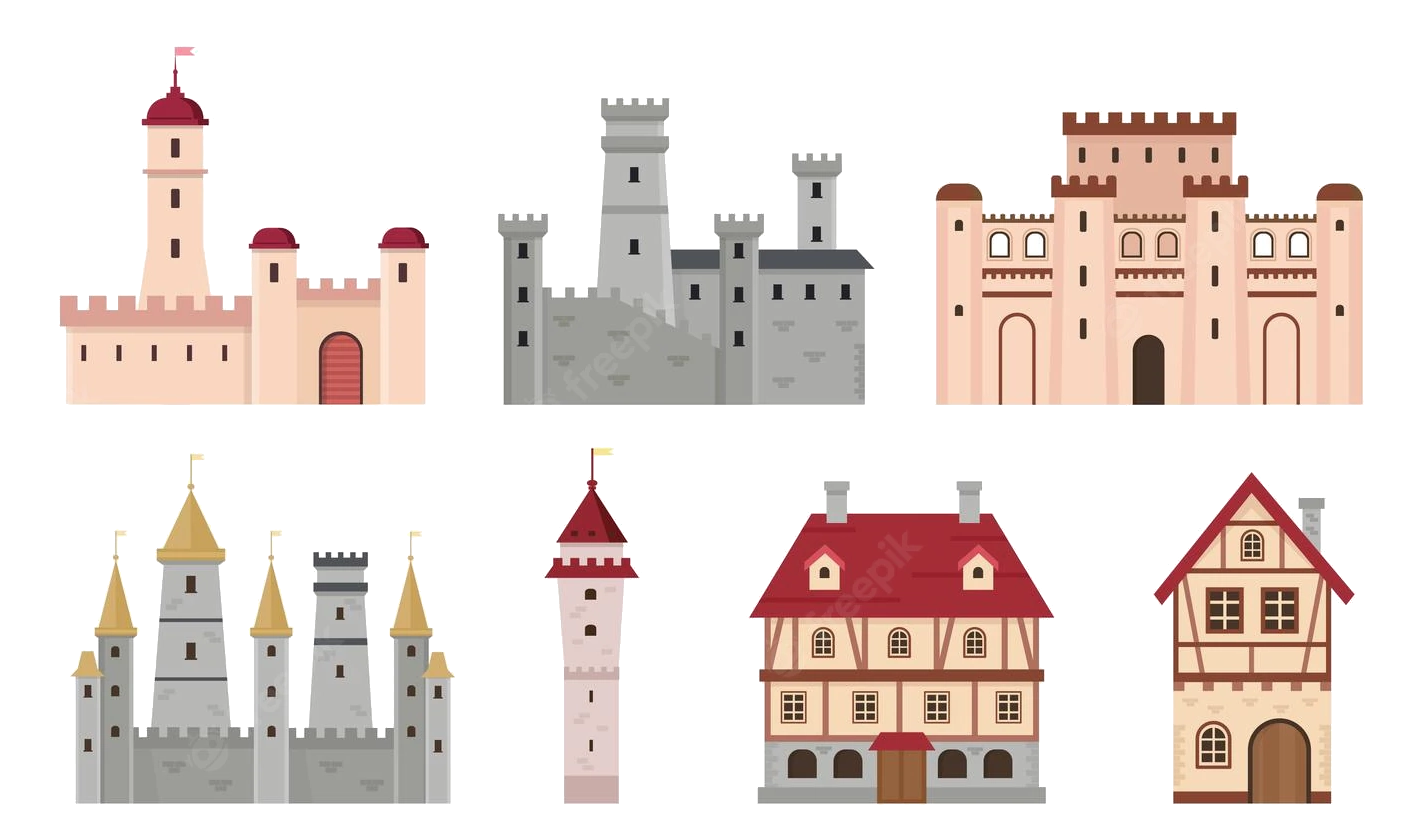 Medieval cities in Europe
Medieval cities in Europe
 Schottland
Schottland
 United Kingdom
United Kingdom

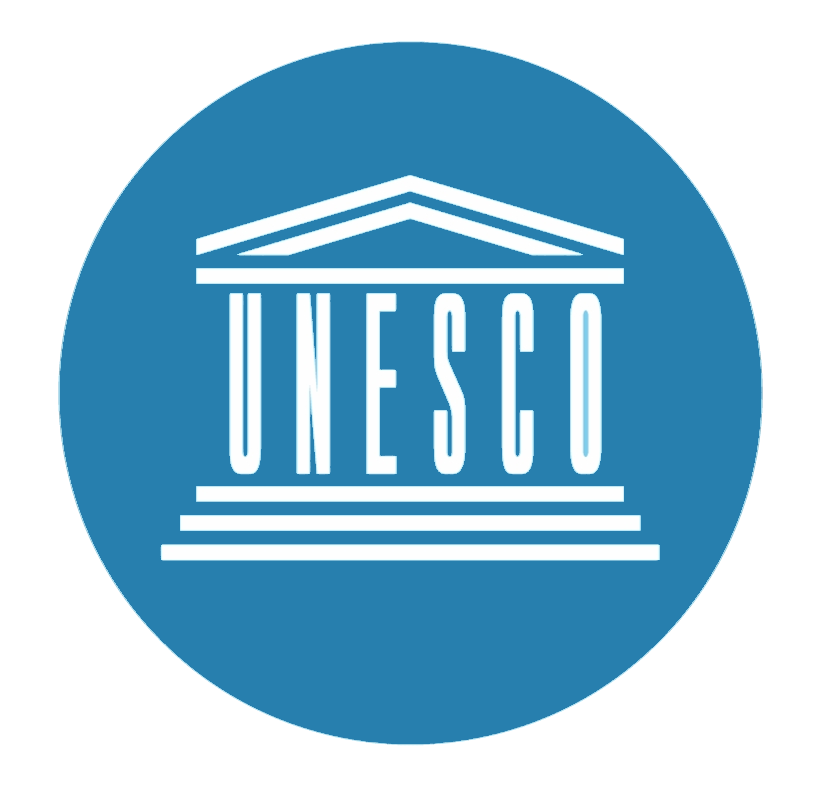 World Heritage
World Heritage

Edinburgh (/ˈɛdɪnbərə/ ( listen);[6][7][8] Scottish Gaelic: Dùn Èideann [ˈt̪uːn ˈeːtʲən̪ˠ]; Scots: Edinburgh) is the capital city of Scotland and one of its 32 council areas. Historically part of the county of Midlothian (or Edinburghshire), it is located in Lothian on the Firth of Forth's southern shore.
listen);[6][7][8] Scottish Gaelic: Dùn Èideann [ˈt̪uːn ˈeːtʲən̪ˠ]; Scots: Edinburgh) is the capital city of Scotland and one of its 32 council areas. Historically part of the county of Midlothian (or Edinburghshire), it is located in Lothian on the Firth of Forth's southern shore.
Recognised as the capital of Scotland since at least the 15th century, Edinburgh is the seat of the Scottish Government, the Scottish Parliament and the supreme courts of Scotland. The city's Palace of Holyroodhouse is the official residence of the monarchy in Scotland. The city has long been a centre of education, particularly in the fields of medicine, Scots law, literature, the sciences and engineering. It is the second largest financial centre in the United Kingdom (after London)[9] and the city's historical and cultural attractions have made it the United Kingdom's second most popular tourist destination, attracting over one million overseas visitors each year.[10]
Edinburgh is Scotland's second most populous city and the seventh most populous in the United Kingdom. The official population estimates are 464,990 (2012) for the Locality of Edinburgh (Edinburgh pre 1975 regionalisation plus Currie and Balerno),[1] 513,210 (2017) for the City of Edinburgh,[2] and 1,339,380 (2014) for the city region.[2][3] Edinburgh lies at the heart of the Edinburgh and South East Scotland city region comprising East Lothian, Edinburgh, Fife, Midlothian, Scottish Borders and West Lothian.[11]
The city is the annual venue of the General Assembly of the Church of Scotland. It is home to national institutions such as the National Museum of Scotland, the National Library of Scotland and the Scottish National Gallery. The University of Edinburgh, founded in 1582 and now one of four in the city, was placed 23rd in the QS World University Rankings in 2018.[12] The city is also famous for the Edinburgh International Festival and the Fringe, the latter being the world's largest annual international arts festival. Historic sites in Edinburgh include Edinburgh Castle, the Palace of Holyroodhouse, the churches of St. Giles, Greyfriars and the Canongate, and the extensive Georgian New Town, built in the 18th/19th centuries. Edinburgh's Old Town and New Town together are listed as a UNESCO World Heritage site,[13] which has been managed by Edinburgh World Heritage since 1999.

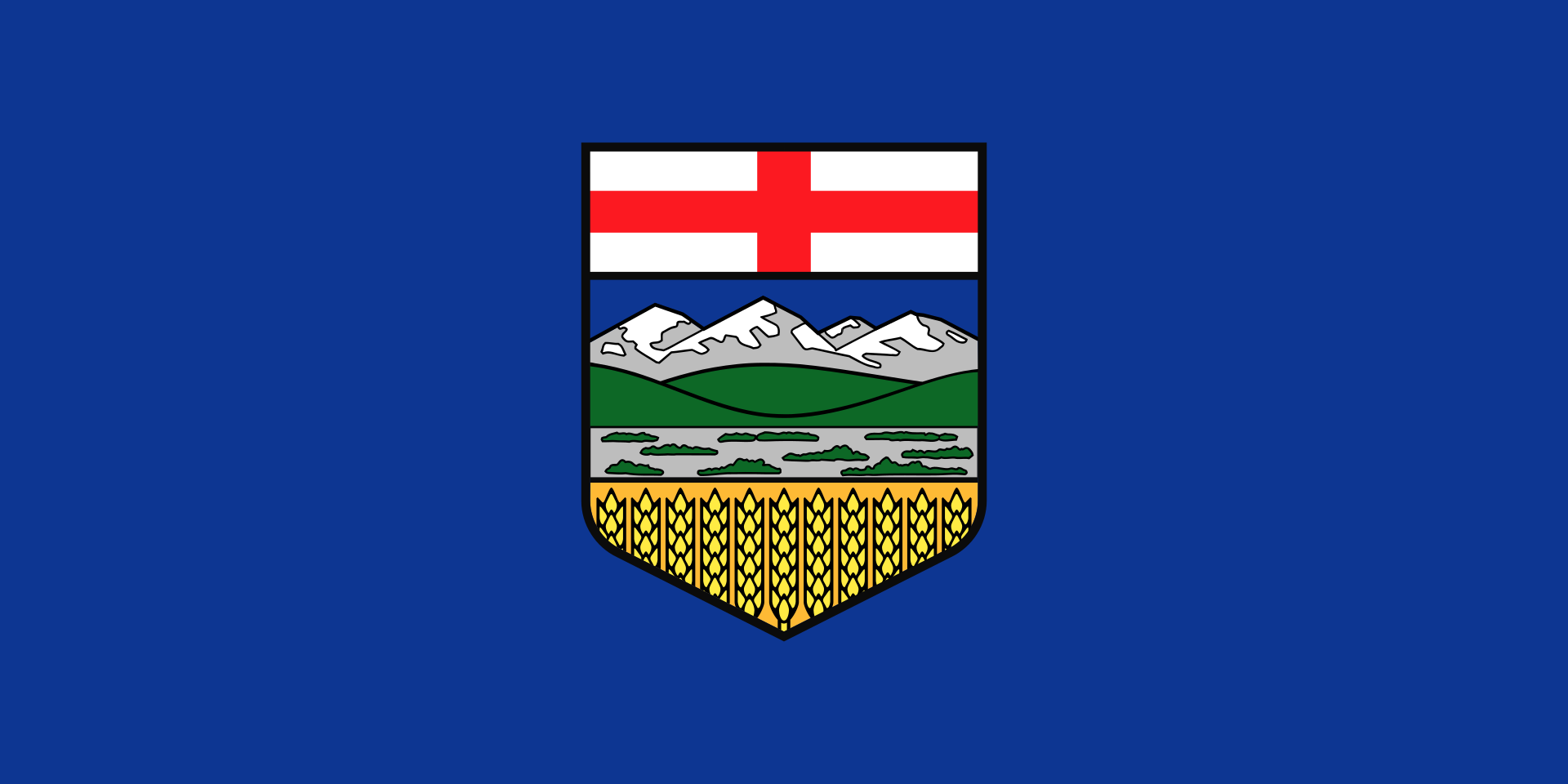 Alberta-AB
Alberta-AB

 FIFA Fussball-Weltmeisterschaft 2026
FIFA Fussball-Weltmeisterschaft 2026
 Women's Soccer World Cup 2015
Women's Soccer World Cup 2015
 ITU World Championship Series
ITU World Championship Series
 Canada
Canada

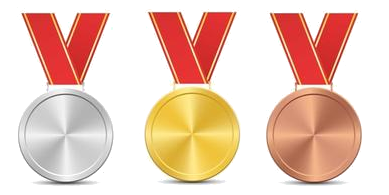 Sport
Sport

 Sport
Sport
 Triathlon
Triathlon
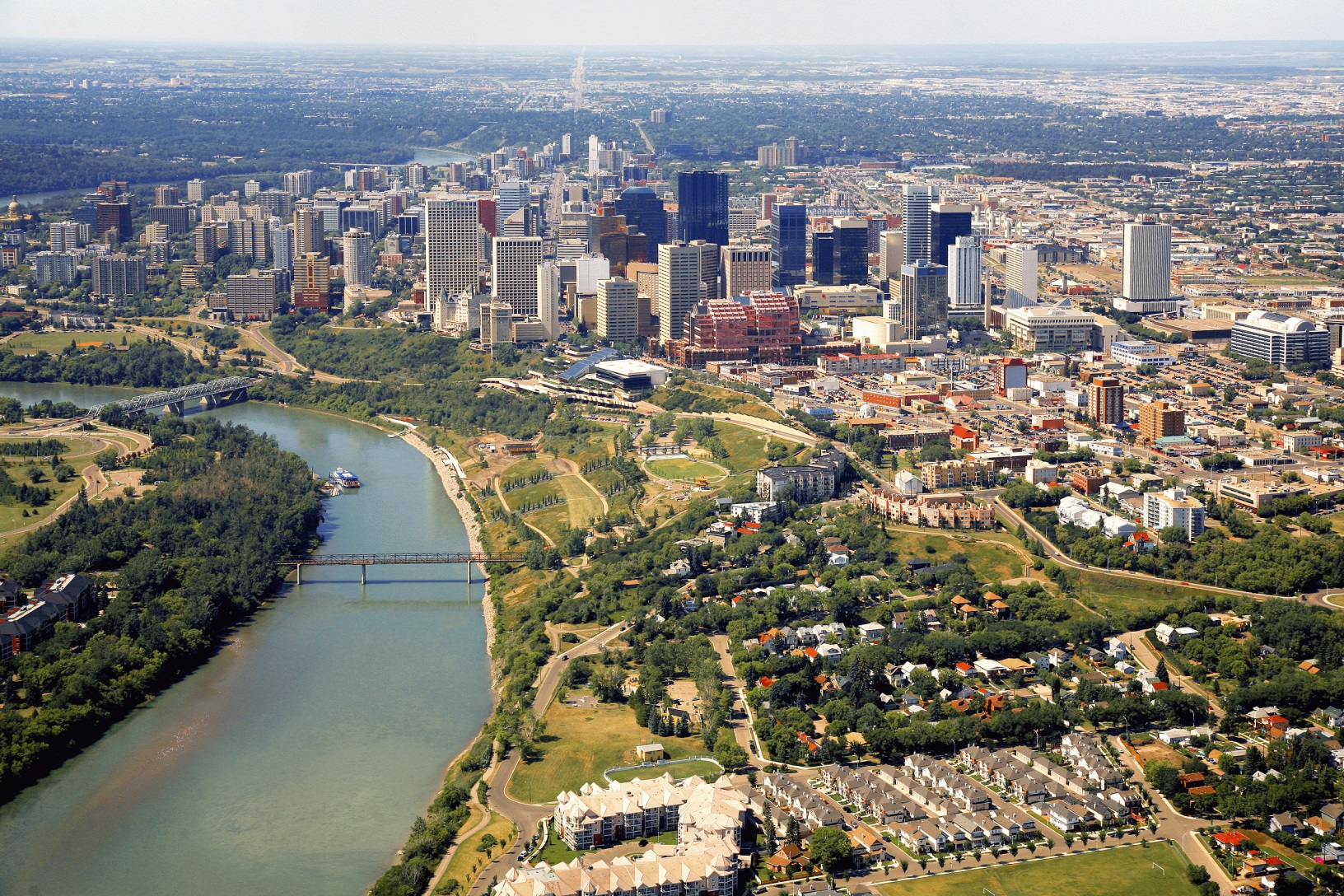
Edmonton (/ˈɛdməntən/ ( listen) ED-mən-tən) is the capital city of the Canadian province of Alberta. Edmonton is on the North Saskatchewan River and is the centre of the Edmonton Metropolitan Region, which is surrounded by Alberta's central region. The city anchors the north end of what Statistics Canada defines as the "Calgary–Edmonton Corridor".[14]
listen) ED-mən-tən) is the capital city of the Canadian province of Alberta. Edmonton is on the North Saskatchewan River and is the centre of the Edmonton Metropolitan Region, which is surrounded by Alberta's central region. The city anchors the north end of what Statistics Canada defines as the "Calgary–Edmonton Corridor".[14]
As of 2021, Edmonton had a city population of 1,010,899 and a metropolitan population of 1,418,118, making it the fifth-largest city[15][16] and sixth-largest metropolitan area (CMA) in Canada.[17][18] Edmonton is North America's northernmost city and metropolitan area with a population over one million. A resident of Edmonton is known as an Edmontonian.[19]
Edmonton's historic growth has been facilitated through the absorption of five adjacent urban municipalities (Strathcona, North Edmonton, West Edmonton, Beverly and Jasper Place)[20] in addition to a series of annexations through 1982,[21] and the annexation of 8,260 ha (82.6 km2; 31.9 sq mi) of land from Leduc County and the City of Beaumont on January 1, 2019.[22] Known as the "Gateway to the North",[23] the city is a staging point for large-scale oil sands projects occurring in northern Alberta and large-scale diamond mining operations in the Northwest Territories.[24]
Edmonton is a cultural, governmental and educational centre. It hosts a year-round slate of festivals, reflected in the nickname "Canada's Festival City".[1] It is home to North America's second largest mall, West Edmonton Mall (the world's largest mall from 1981 until 2004),[25][26][27] and Fort Edmonton Park, Canada's largest living history museum.
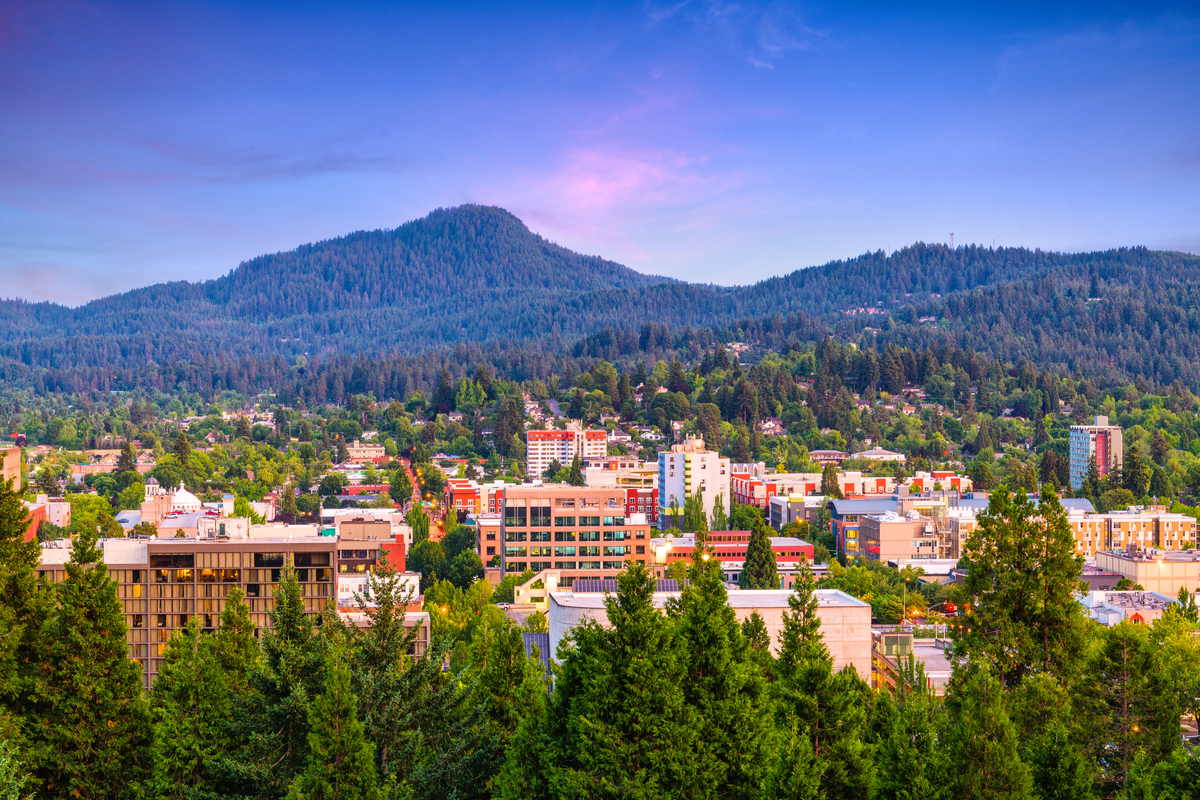
Eugene (/juːˈdʒiːn/ yoo-JEEN) is a city in the U.S. state of Oregon, in the Pacific Northwest. It is at the southern end of the Willamette Valley, near the confluence of the McKenzie and Willamette rivers, about 50 miles (80 km) east of the Oregon Coast.[7]
As of the 2010 census, Eugene had a population of 156,185; it is the county seat of Lane County and the state's third most populous city after Portland and Salem, though recent state estimates suggest its population may have surpassed Salem's.[8][9] The Eugene-Springfield, Oregon metropolitan statistical area (MSA) is the 146th largest metropolitan statistical area in the US and the third-largest in the state, behind the Portland Metropolitan Area and the Salem Metropolitan Area.[10] According to the 2020 US census, the city's population is 176,654; according to latest estimates, Eugene population in 2022 is estimated to be 179,887, covers city area of 44.21 sq mi (114.50 sq km), ranks second largest city in Oregon State, one-hundred-forty-sixth city in the United States..[11]
Eugene is home to the University of Oregon, Bushnell University, and Lane Community College.[12][13][14] The city is noted for its natural environment, recreational opportunities (especially bicycling, running/jogging, rafting, and kayaking), and focus on the arts, along with its history of civil unrest, protests, and green activism. Eugene's official slogan is "A Great City for the Arts and Outdoors".[15] It is also referred to as the "Emerald City" and as "Track Town, USA".[16] The Nike corporation had its beginnings in Eugene.[17] In 2022, the city will host the 18th Track and Field World Championships.
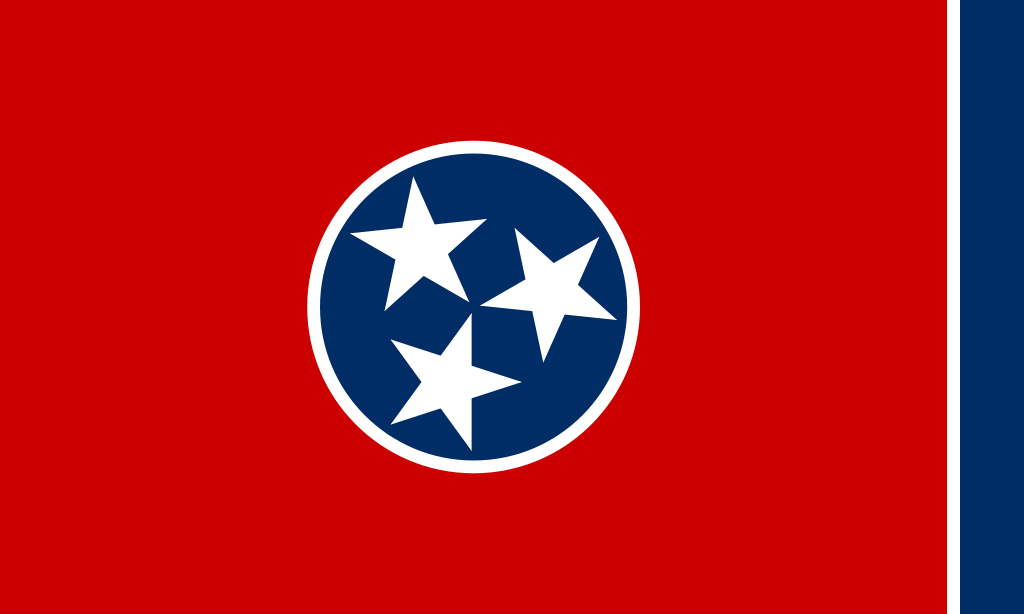 Tennessee-TN
Tennessee-TN
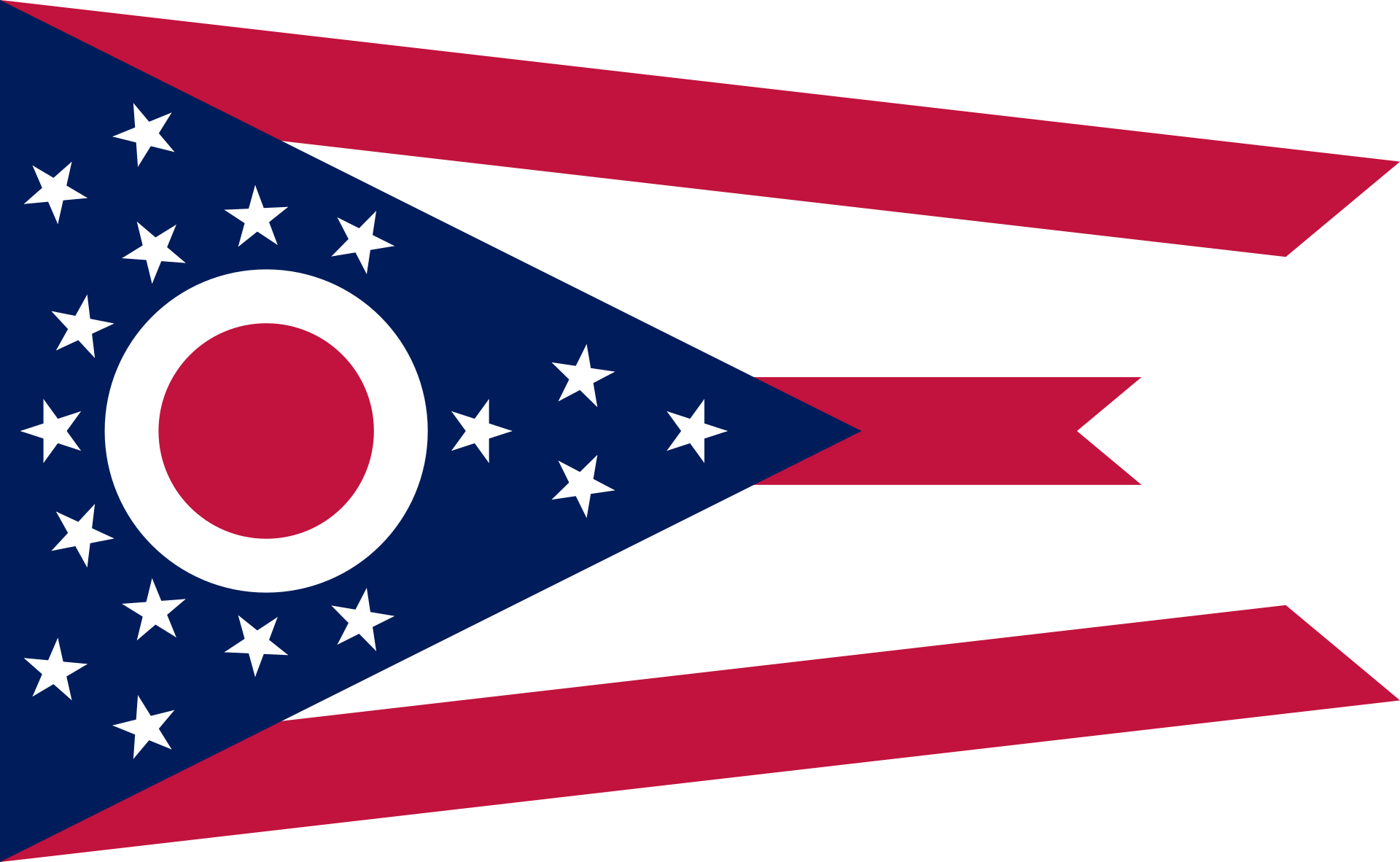 Ohio-OH
Ohio-OH
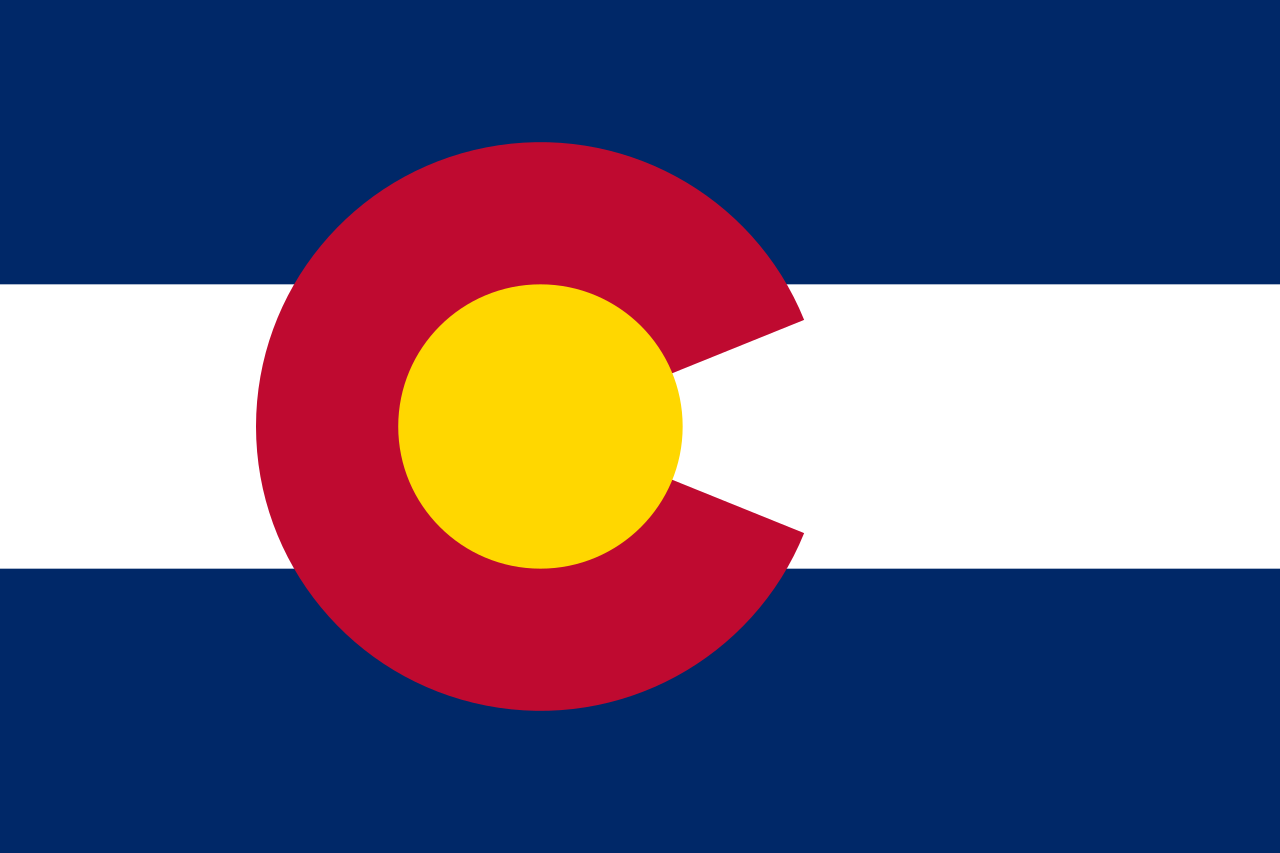 Colorado-CO
Colorado-CO
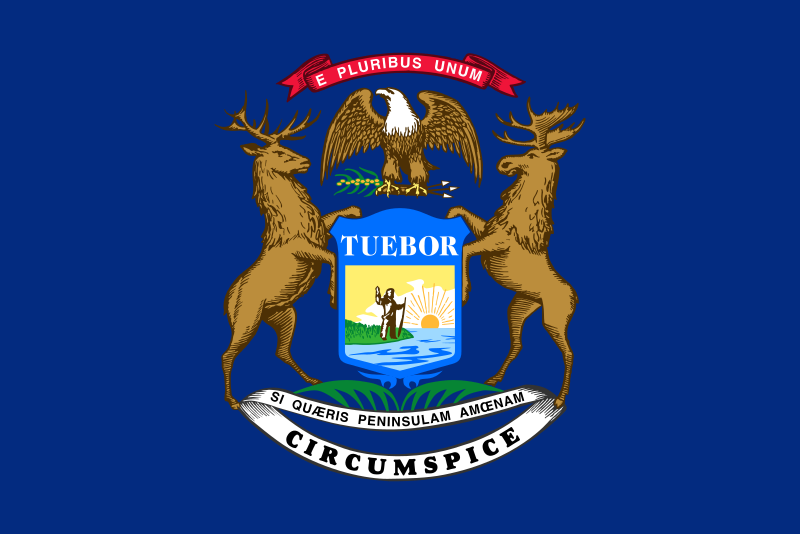 Michigan-MI
Michigan-MI
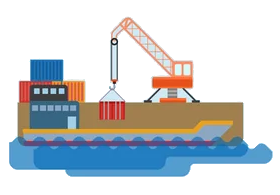 Important port
Important port
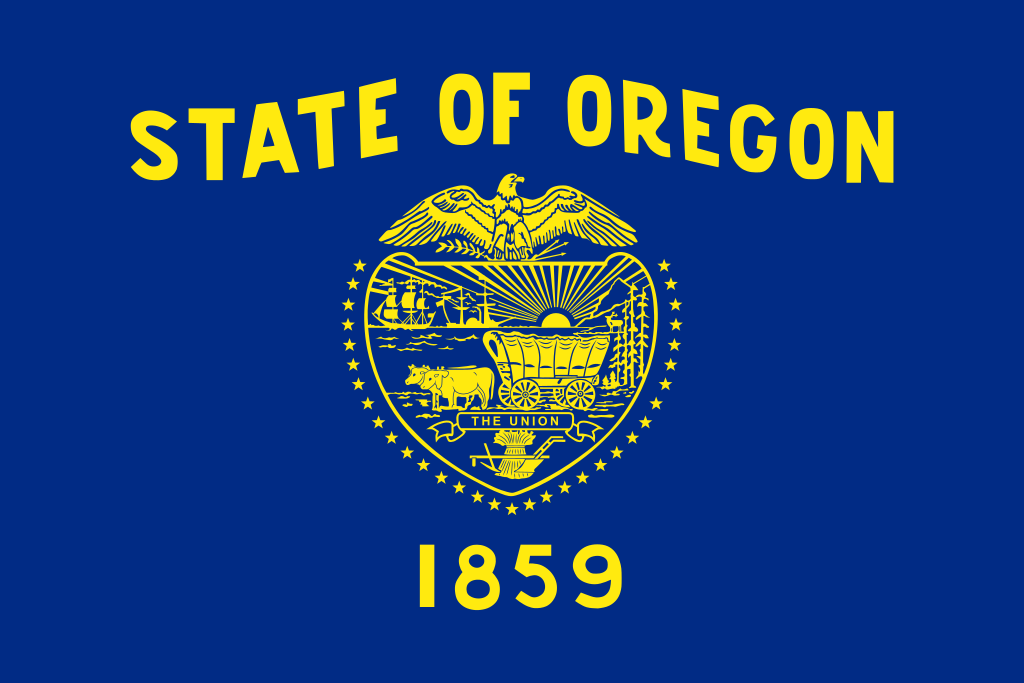 Oregon-OR
Oregon-OR